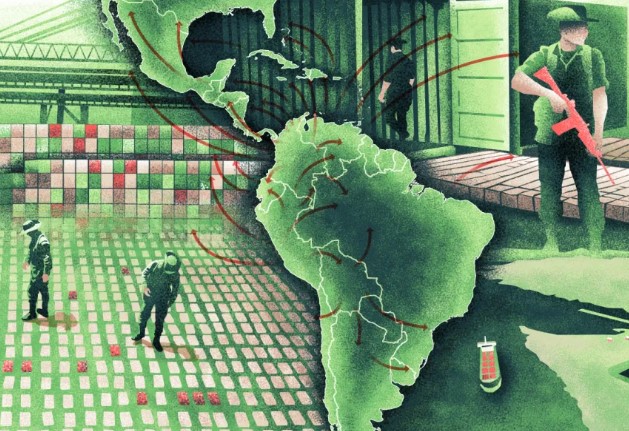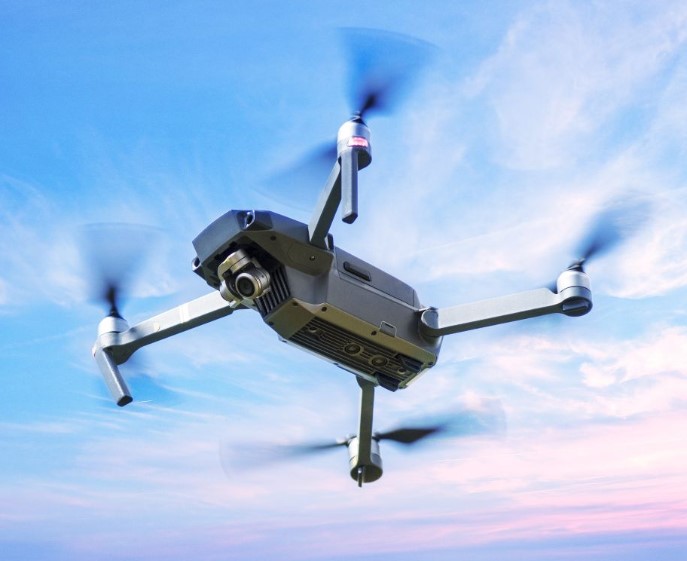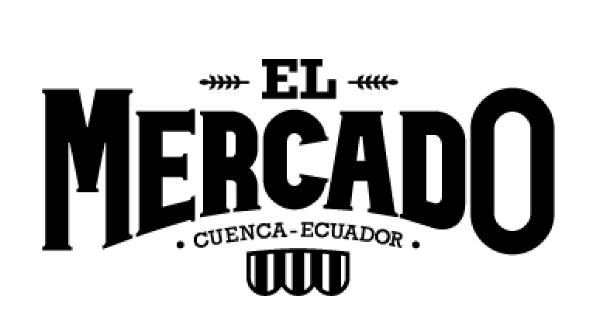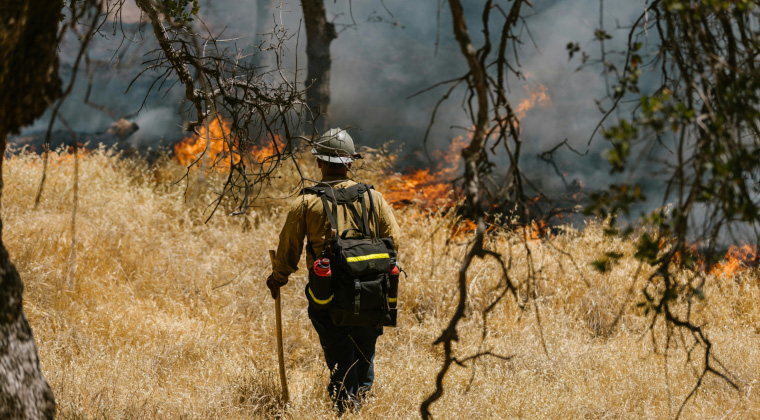Latin American drug traffickers are using more sophisticated methods to evade law enforcement
By Sergio Saffon
Latin American drug networks are increasingly using unmanned vessels and employing new methods to chemically transform cocaine to move large drug shipments.
 InSight Crime spoke to Frigate Captain Glehiston Hernández Gutiérrez, director of the International Center for Research and Analysis against Maritime Narcotrafficking (Centro Internacional de Investigación y Análisis contra el Narcotráfico Marítimo – CIMCON) about current and future trends in maritime drug trafficking patterns.
InSight Crime spoke to Frigate Captain Glehiston Hernández Gutiérrez, director of the International Center for Research and Analysis against Maritime Narcotrafficking (Centro Internacional de Investigación y Análisis contra el Narcotráfico Marítimo – CIMCON) about current and future trends in maritime drug trafficking patterns.
The CIMCON, based in Cartagena, Colombia, is part of the Colombian Navy but also has researchers and naval officers from other nations, including Brazil, Mexico, Ecuador, and the Netherlands.
The CIMCON recently published the 2024 Catalog of Maritime Drug Trafficking Modalities, an updated version of the first edition published in 2022. The new edition describes the main strategies criminal organizations use to evade authorities in transoceanic drug trafficking, as well as the new methods identified since 2022.
Captain Glehiston Hernández (CGH): Organized crime has been “technifying” its trafficking abilities, and we believe that this advancement has been driven by the development of new weapons and approaches in fourth generation wars [unconventional tactics of war, typically between non-state actors and states].

As drug trafficking has become more sophistacated, cartels are turning drones for suveillance and even delivery of drugs.
The use of unmanned craft [aerial drones] is more common in the aerial domain, but also critical in the maritime domain, where we are detecting more and more trafficking using unmanned marine vessels. For now, these vehicles are being used in combination with fishing boats or speedboats on some parts of the route.
This use of unmanned marine vehicles is often not recorded because they tend to move small quantities. Reports do not reach the media, and are limited to reports from official authorities. But we believe it is a method that will rise in the short term because these vehicles’ range of movement and load capacity are constantly increasing.
In Central America, which is where we have seen the most cases, Colombian and Mexican groups are clearly the pioneers in this type of trafficking.
IC: What else is new in this year’s drug catalog?
CGH: We also updated the report’s coverage of the techniques used to transform drugs, which demonstrates organized crime groups’ expertise in chemistry and physics and ability to innovate.
How does the process work? The cocaine is usually converted into a liquid for trafficking and then transformed back into the recognizable white powder form of cocaine hydrochloride (HCL). The cocaine is not always moved in liquid form: the goal is to disguise the cocaine molecule’s chemical components to avoid detection.

Unmanned ocean-going submersibles, such as these captured off the Ecuadorian coast, are one of the more recent methods of drug delivery.
We first identified this technique in 2017, where tons of cocaine in Santa Marta and Barranquilla, Colombia were mixed in salt for transportation. Upon reaching the final destination, it would be extracted using a chemical process. After salt, we saw oils, lubricants, coal, and certain minerals used. We also found cocaine mixed in fruit.
This issue of transformation has been one of the most important challenges for security agencies in 2024. Ports do not currently have a system to detect the transformed drug, like the scanners, canine searches, and chemicals that are used to find cocaine.
This method is an example of organized crime’s ability to innovate and adapt, and is aided by the spread of these organizations into other countries, which helps minimize costs and risks.
This is why cocaine processing laboratories are being found in Spain, Portugal, and even island territories in Oceania. Organized crime groups use chemical transformation to disguise important cocaine shipments, and the laboratories transform the drug back into powder cocaine.
IC: How have maritime drug trafficking networks changed?
CGH: Organized crime has changed as a result of fragmenting groups and temporary associations between different organizations.
In terms of fragmentation, we have seen groups, some more visible than others, that work together temporarily to move drugs. There is an increasing number of actors participating within this fragmented, compartmentalized, and associative economic model: local groups that have strengthened ties with transnational criminal organizations, mostly from Mexico, Colombia, and Venezuela, but also from Europe and Asia. Within this operating model, each group contributes to the drug trafficking value chain, starting with the cultivation stage.
We have also seen evidence that organized crime groups are being less violent. Violence affects business, and European groups, such as the Italian mafia, after peaks of violence in past decades, realized that the best way to survive and remain in the industry was to minimize their visibility, avoid confrontation, and create agreements. And that is what is happening now with Mexican and Colombian mafias, which have traditionally been more violent in recent times.
________________
Credit: InsightCrime

















